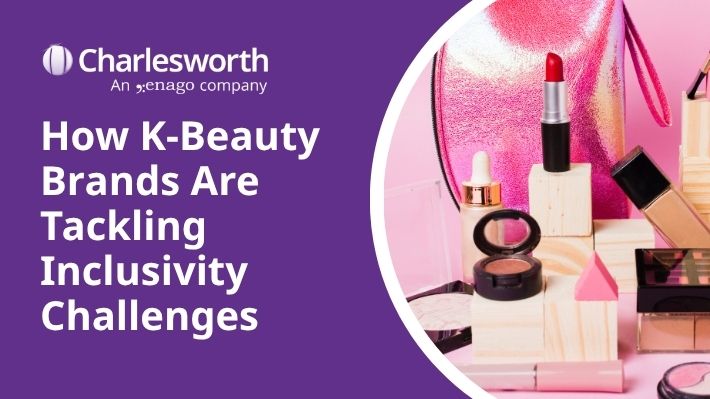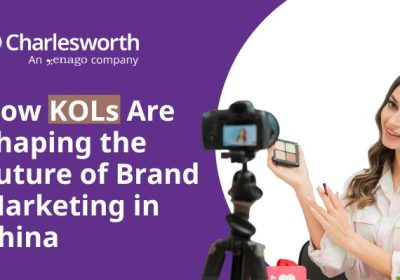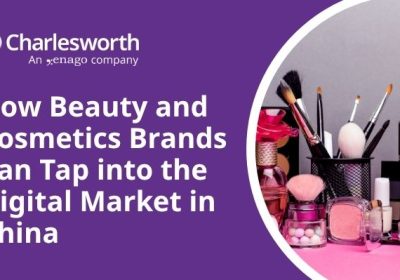Embracing Diversity: How K-Beauty Brands Are Tackling Inclusivity Challenges

The beauty industry has long been criticised for its narrow standards of beauty, often leaving many consumers feeling overlooked. However, South Korea’s beauty sector, known for its innovative K-beauty products, is undergoing a significant transformation. Once focused primarily on fair to medium skin tones, K-beauty brands are now embracing inclusivity and striving to represent a broader spectrum of skin tones. This change has not only addressed past shortcomings but is also paving the way for K-beauty brands to expand their global reach and connect with diverse audiences.
The Challenge of Inclusivity in K-Beauty
For many years, K-beauty products, especially foundations and concealers, catered predominantly to fairer skin tones. The market’s focus was largely on brightening or “whitening” products, a concept that, while popular in many Asian countries, didn’t translate well in Western markets where such terminology often carries negative connotations. This created a barrier for people with darker skin tones, both domestically and internationally, who struggled to find products that suited their complexions.
For K-beauty to expand beyond its borders, this gap in the market had to be addressed. Consumers were asking for more variety and more shades, and these calls could no longer be ignored. In response, several K-beauty brands have started rethinking their product ranges, launching new formulations that offer a more inclusive selection of shades for all skin tones.
K-Beauty Brand Example: TIRTIR’s Inclusivity Marketing Strategy
One standout example of a Korean brand embracing inclusivity is TIRTIR. Initially, TIRTIR offered only three foundation shades, which, although well-received, did not meet the diverse needs of a global audience. Recognising the demand for diversity and representation, TIRTIR expanded its range to include 40 shades, catering to a wider array of skin tones, including deeper hues. This shift was not just about product development—it was also about rethinking their marketing strategies to communicate the brand’s new commitment to inclusivity.
Social Media Strategy: To spread their message of inclusivity, TIRTIR harnessed the power of various social media platforms, each chosen for its reach and ability to connect with different segments of the market. The brand’s social media presence on platforms like Instagram, TikTok, and YouTube allowed them to reach global audiences and engage with consumers who valued diversity. Influencers and makeup artists across the globe were brought in to showcase the versatility of TIRTIR’s expanded product range, ensuring that all skin tones were represented in product demonstrations and tutorials.
KakaoTalk and Naver in Korea: In South Korea, where KakaoTalk and Naver dominate the digital landscape, TIRTIR’s marketing strategy integrated these platforms to foster more direct and meaningful interactions with consumers. KakaoTalk, Korea’s most popular messaging app, became a key channel for TIRTIR to promote its inclusivity message. By using KakaoTalk’s “Plus Friend” feature, TIRTIR was able to engage with users directly through exclusive promotions and personalised messages, creating a sense of community among those who identified with the brand’s new approach to beauty.
Additionally, Naver, the leading search engine and content platform in Korea, played a pivotal role in helping TIRTIR spread its message. Through targeted Naver Blogs and Naver Shopping, TIRTIR could not only increase visibility but also drive e-commerce by ensuring their product offerings were easily accessible to Korean consumers. Naver’s ability to integrate user-generated content with search results helped TIRTIR build trust and generate organic interest in its inclusive beauty products.
Campaigns and Collaborations: TIRTIR’s collaboration with influencers on TikTok and Instagram also helped promote the brand’s inclusivity by showcasing how the products worked for a wide range of skin tones. These platforms were essential in amplifying the brand’s message of representation. For instance, TIRTIR encouraged influencers to create makeup tutorials that highlighted the diverse shades in the new foundation range, which attracted attention from audiences who had felt neglected by the beauty industry in the past.
Through these strategies, TIRTIR has not only expanded its product line but has also cultivated a strong sense of inclusivity within its brand identity, ensuring that consumers across the globe feel represented and valued. Their use of both global and local marketing channels helped them connect with a wider audience, allowing them to build stronger relationships with consumers, particularly in Korea and other international markets.
Moving Forward: Sustaining Inclusivity in K-Beauty
The journey toward inclusivity in K-beauty is far from over, but the strides made so far are promising. Korean beauty brands must continue listening to their international customers, keeping an eye on trends, and being adaptable in their product offerings. In a world where diversity is celebrated, it is essential for brands to evolve and meet the needs of all consumers.
The ongoing challenge for K-beauty brands will be maintaining authenticity in their inclusivity efforts. It’s not just about adding more shades to a product line; it’s about making sure that the message of diversity and inclusivity runs through the entire brand, from product development to marketing strategies. These brands must continue to evolve and respond to the changing global beauty landscape.
Conclusion
K-beauty’s evolution towards inclusivity is a testament to the industry’s ability to adapt and grow. As more brands open their doors to diversity, K-beauty is not only changing the way beauty products are made but also transforming the narrative around what beauty truly means. This wave of inclusivity is essential for brands looking to succeed on the global stage.
If you’re an international brand aiming to break into the Korean market, Charlesworth can help you successfully navigate this space. With deep expertise in Korean digital marketing, we guide you from understanding Korean consumer behaviour to crafting strategies that resonate locally. Our team helps you leverage the right digital platforms like KakaoTalk, Naver, and global social media to maximize impact. Let us help you make your brand’s message of inclusivity a powerful tool for success in South Korea’s competitive beauty market.


